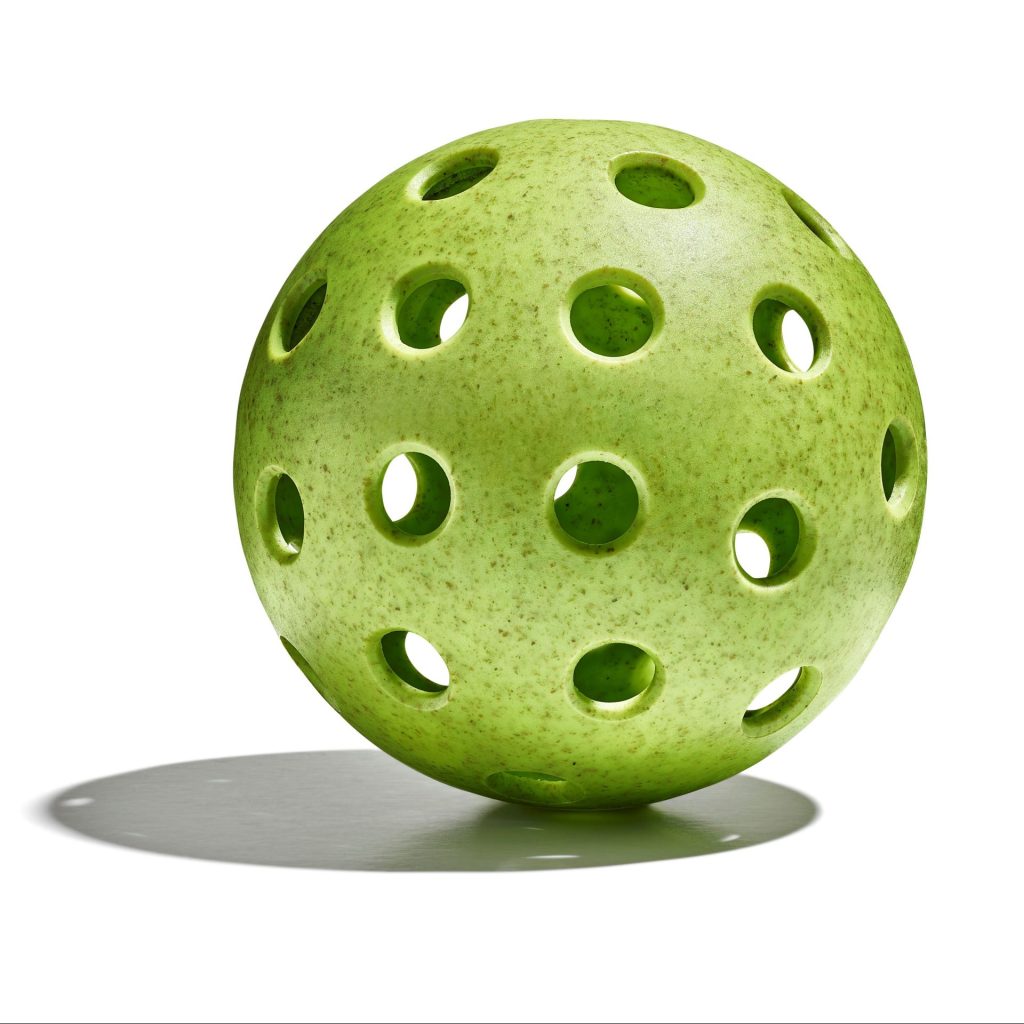Pickleball is the fastest-growing sport in the United States. Introduced in 1965 it had attracted nearly 9 million players by 2022 and international interest is growing, with a professional league already operating in Australia. In the United States, there are already more than 3000 courts, just in the largest 100 cities.
Similar to tennis or table tennis, Pickleball can be played by singles or doubles and involves hitting a perforated plastic ball over a net with a smooth flat-faced paddle. Disturbingly the growing popularity of the sport is creating a plastic waste challenge, with 500 million pickleballs being produced annually, thats about 35 million kgs of waste, mainly heading to landfill.
One company addressing this challenge is Professional Pickleball Partners which have developed a compostable pickleball. Made from rice husk and wheat straw Compost-a-ball is designed to begin the composting process within approximately 100 days of production. Used balls can be composted or sent to landfill, where the manufacturer claims, they will decompose within about 100 days.
While this initiative, and the US$1 million invested to deliver it, should be applauded the growth of the sport is creating other significant plastic waste challenges. Regulated tournaments and games are played on a specialised polyurethane sport surface and regulations require that paddles are made from a non-compressible material, most often featuring a polymer core with fibreglass faces. Nets are made from heavy-duty nylon or polyethylene with polyester straps. With investment of up to US$900 million in new courts anticipated to keep up with the growth of the sport in the United States alone, solutions to these significant waste challenges are urgently needed.
Nevertheless substituting Compost-a-ball has the potential to reduce the plastic waste produced by the growing popularity of this sport, However at a cost of US$36 for a pack of twelve (versus about $20 for traditional plastic balls) it remains to be seen how committed to the environment the growing ranks of pickleball players actually are.
